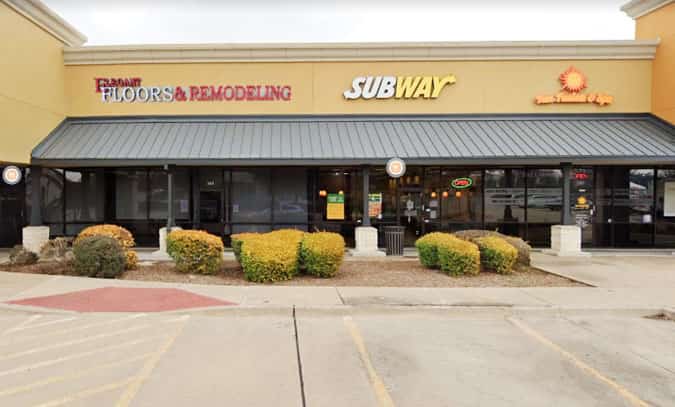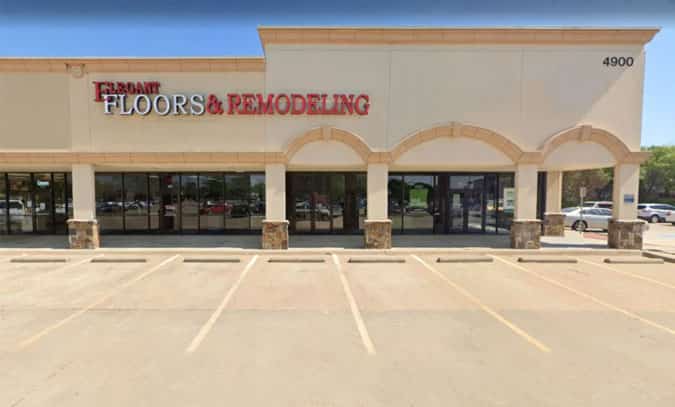A two-layer parquet board or Frisco Engineered Floors is a technological structure consisting of a top layer of solid valuable or exotic wood – oak, walnut, maple, ash, beech, teak – on a plywood base. To ensure the stability and durability of the flooring, 6-8 layers of birch veneer plywood are used for the base.
Visually, an engineered parquet flooring board does not differ at all from a three-layer or massive parquet board. Manufacturers offer a variety of sizes, surface finishes, and installation methods – from small strips that can be installed in almost any way available for block parquet to wide and long floorboards indistinguishable from massive parquet boards.
Advantages of Engineered Floors
Stability
An engineered board with a plywood base retains its geometric shape when it dries and swells under the influence of temperature changes and high humidity – better than any other parquet floor.
Durability
The floor covering lends itself to sanding and re-protective treatment with varnish or oil (including wax). However, only an engineered board with a sufficient wear layer, at least 6-8 mm thick. We do not recommend purchasing flooring with a top layer of less than 5 mm.
Moisture Resistance
Engineered parquet flooring, the bottom plywood layer of which is treated with moisture-resistant impregnation, is allowed for installation in rooms with high humidity.
Natural wood texture
Thanks to the top layer of valuable species, the engineered floorboard does not differ externally from other types of parquet, which makes it possible to combine floor coverings, for example, to lay an array in the nursery and in the bedroom, parquet in the living room and engineered parquet in the kitchen and in the hallway.
Laying methods
The variety of sizes makes it possible to lay two-layer parquet in herringbone, squares or deck method, and also to combine floorboards from different types of wood.
Noise isolation
Multi-layer flooring provides additional sound insulation and hides the hum from footsteps.
Laying without backing
The plywood base acts as an integrated underlay, so the use of additional underlayment materials is unnecessary, however, it is allowed for some rooms where improved sound insulation is needed.
Other Benefits
In contrast to three-layer parquet boards, engineered parquet is laid exclusively with glue. Floating floor technology is not suitable: free-lying plywood will quickly warp. In addition, the parquet board has middle; stabilizing layer of coniferous dies that are laid laterally.
Unlike solid wood, valuable wood in the engineering structure is used only for the top layer, which reduces the cost of the material and cuts forest costs. In addition, solid parquet is very limited in size and can only be installed on a deck.
In contrast to block, modular and artistic parquet, engineered flooring board consists of several layers; it is a more stable and less expensive floor covering. In addition, a two-layer parquet board is almost always supplied with a protective treatment, which excludes additional work after installation.
Disadvantages of Engineered Floors
- Installation only with glue, click locks cannot be used.
- It is not possible to replace a single board or remove the floor covering.
- Quite complex installation: you need a perfectly flat finish floor.
- It is ineffective to use a warm floor due to the low thermal conductivity and thickness of the plank.
- Differences from other types of wood floor
The Bottom Line
For your information, Frisco Engineered Floors are not so expensive and you can purchase from any store if you want. But our company Elegant Floors TX has the cheapest price compared to others. You are welcome at any time.



